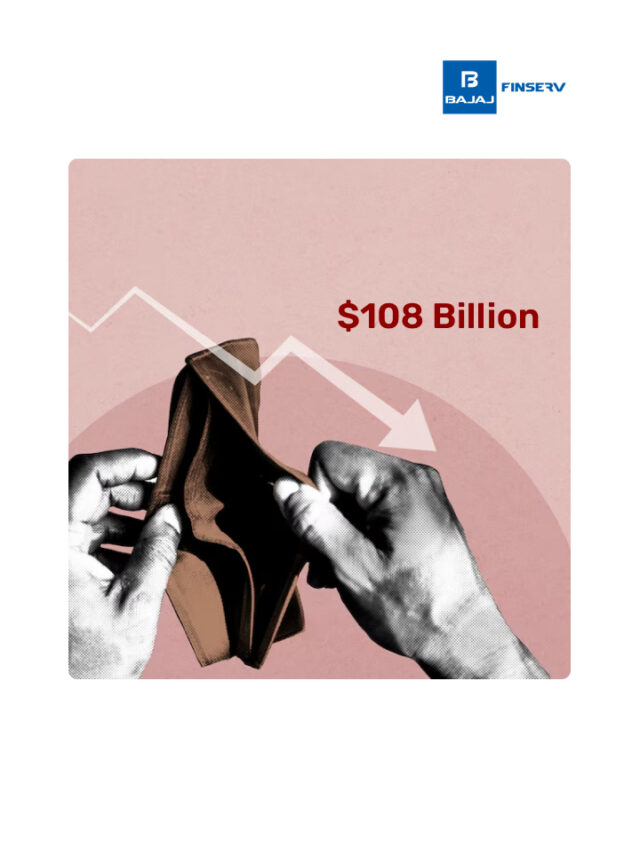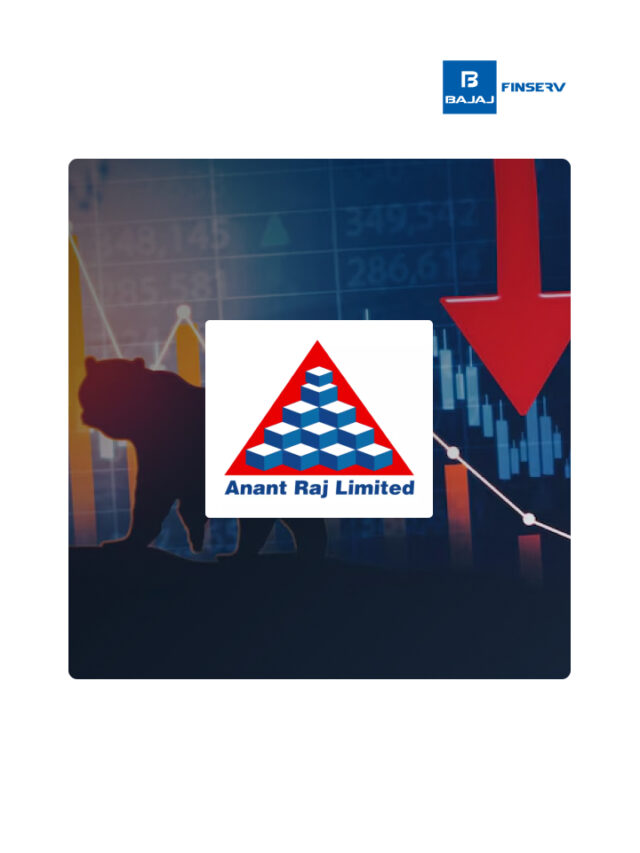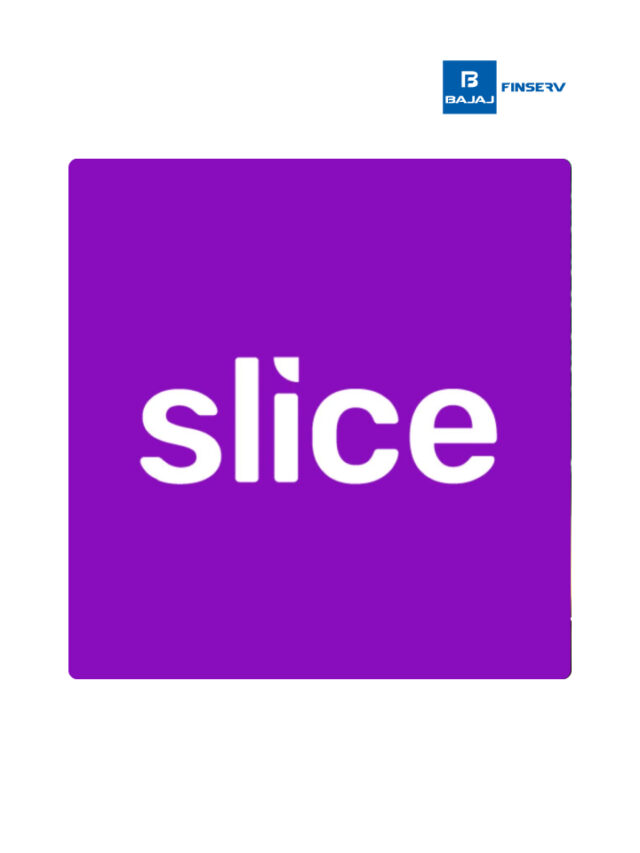What is a Negative Volume Index in Stock Market?
Last Updated on September 27, 2023 by BFSLTeam BFSLTeam

Any investment in a stock market is about calculations, data and analysis, and together with your efforts over the year, they make up your trading experience. There are various types of data analysis available to investors so that they can make refined and informed decisions. An important and credible data analysis is the Negative Volume Index, or the NVI, which provides a purchase signal on an equity when the price is moving upward and the volume is falling. This index is used to track the involvement of smart money, a typically large scale investment made by institutional investors or private equity firms.
Table of Content [hide]
- 1 The Meaning of Smart Money in the Stock Market
- 2 What is the Negative Volume Index?
- 3 Understanding the Negative Volume Index
- 4 Calculating the Negative Volume Index
- 5 Interpreting the Negative Volume Index
- 6 The Limitations of the Negative Volume Index
- 7 Negative Volume Index vs Positive Volume Index
- 8 Conclusion
The Meaning of Smart Money in the Stock Market
Smart money is a reference to an investment made by knowledgeable and highly experienced investors like institutional investors, financial institutions, mutual fund houses or banks. These investments are typically large and made with a well throughout plan, a deep understanding of the market and access to valuable information, enabling strategic investment decisions.
The influx or outflow of smart money in the stock market often influences the direction of the trend and investor sentiment. Now that you know what smart money is, how do you identify if it is at play in the stock market? Here is where the negative volume index or NVI comes into the picture.
Additional Read: How Much Can You Earn From Stock Market
What is the Negative Volume Index?
The Negative Volume Index was first conceptualised in the 1930s and gained popularity in the 1970s, since when it has remained one of the trusted indicators of smart money investments. The index is an indication line that shows the price and the volume to graphically project the change in the price movement. It takes into account all the data from the previous periods to arrive at its latest value.
Understanding the Negative Volume Index
Created by a prolific trader named Paul Dysart in the 1930s, the Negative Volume Index consistently tracks the volume of an asset through multiple time periods to identify if smart money is currently active or not.
The indicator works on a hypothesis that states that smart money is often involved when the trading volume in an asset decreases. For instance, if the volume decreases from one day to another while the price continues to rise, smart money is said to be active. The Negative Volume Index helps you identify such periods.
Additional Read: bracket order in the stock market
Calculating the Negative Volume Index
To calculate the Negative Volume Index, all you need to do is use the following mathematical formula.
| NVI(t) = NVI(t-1) * {[P(t) – P(t-1)] ÷ P(t-1)} |
Here,
NVI(t) represents the Negative Volume Index on a particular day
NVI(t-1) represents the Negative Volume Index on the previous day
P(t) represents the price of an asset on a particular day
P(t-1) represents the price of an asset on the previous day
By substituting these values in the above-mentioned formula, you can quickly calculate the Negative Volume Index for an asset.
Interpreting the Negative Volume Index
Once the NVI for an asset is calculated using the above formula, you need to compare the value with the 255-day exponential moving average (EMA) for the said asset.
If the NVI is above the exponential moving average, there is a very high chance (around 96%) of a bullish trend. However, if the NVI is below the moving average, then there’s a slight chance (about 53%) of the trend turning bearish.
Additional Read: What are Authorised Stocks?
The Limitations of the Negative Volume Index
One of the limitations of the NVI is when the value drops below the 255-day EMA. Such a situation only slightly increases the chances of a bearish trend. The market may continue to be bullish despite the Negative Volume Index’s observations.
Moreover, the NVI indicator is very vulnerable to whipsaws. A whipsaw is when an asset’s price is very volatile, leading to a sudden switch in the direction of movement. The NVI may not produce accurate trading signals during highly volatile price movements.
Negative Volume Index vs Positive Volume Index
If the Negative Volume Index helps you determine whether smart money is active or not, the Positive Volume Index (PVI) helps you determine if not-so-smart money is active. The term refers to the funds invested by retail investors who are prone to emotional decision-making and are generally not very well informed. The PVI generates trading signals based on increasing trading volumes.
Additional Read: Difference Between Large Cap, Mid Cap & Small Cap
Conclusion
This sums up what the NVI is and how it can impact your trading decisions. If you are a short-term or intraday trader who relies heavily on technical analysis, the negative volume index can be an important metric to factor into your trading strategy. By calculating and interpreting it before you enter or exit a position, you can account for the role of smart money in the market and execute your trades accordingly.
Additionally, to trade successfully in the markets, you also need a demat account and a trading account. With a trusted stock broker and registered Depository Participant (DP) like Bajaj Financial Securities Limited, you can open both these accounts from a single trading app and start your trading journey in a hassle-free manner.










